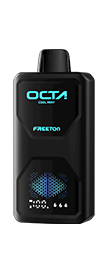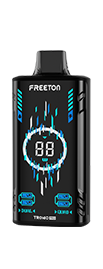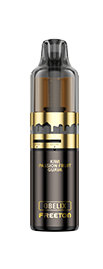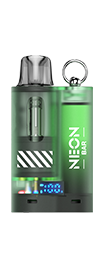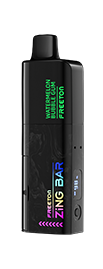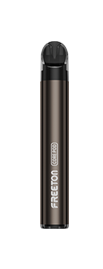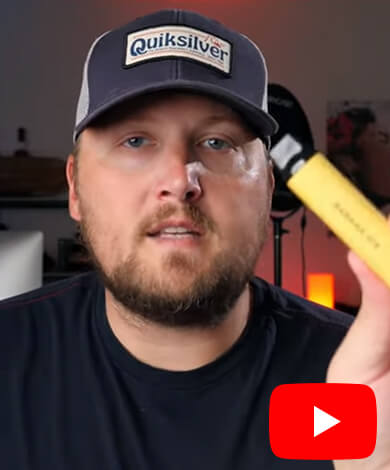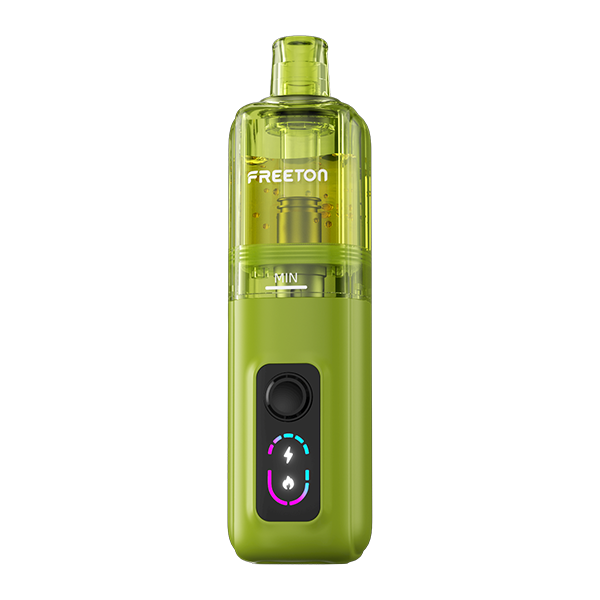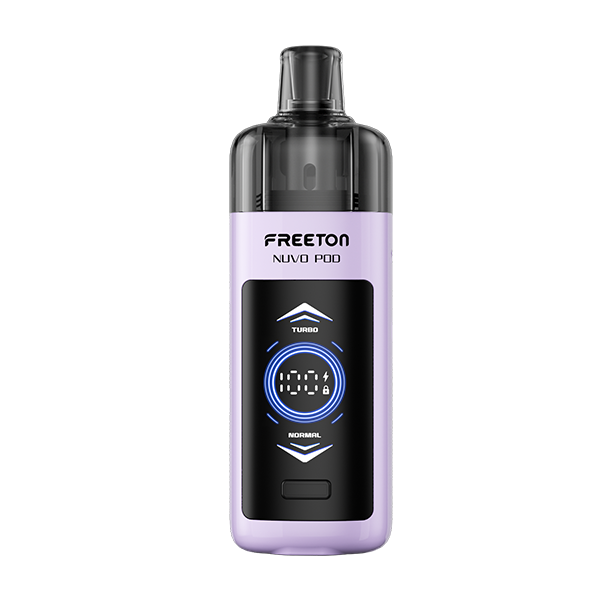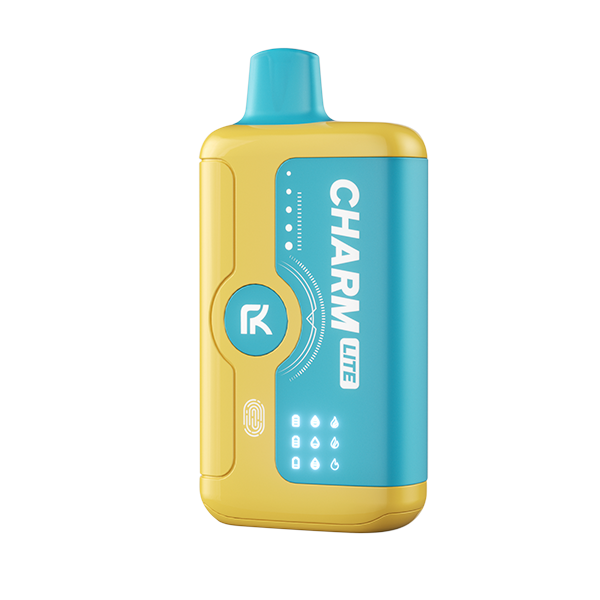
#1 Introduction Understanding the safe number of vape puffs per day is of utmost importance in order to promote responsible vaping practices and safeguard our health. Vaping has gained significant popularity as an alternative to traditional smoking, but it is crucial to be aware of the potential risks associated with excessive vaping. This article aims […]
#1 Introduction
Understanding the safe number of vape puffs per day is of utmost importance in order to promote responsible vaping practices and safeguard our health. Vaping has gained significant popularity as an alternative to traditional smoking, but it is crucial to be aware of the potential risks associated with excessive vaping. This article aims to shed light on the importance of setting safe limits for vaping and explore the health concerns that arise from overconsumption.
Vaping has emerged as a widely used method for nicotine delivery, especially among individuals seeking to quit smoking or reduce their tobacco intake. However, it is essential to recognize that vaping is not without its risks. While it is generally considered less harmful than smoking, excessive vaping can lead to detrimental health effects. By understanding the safe number of vape puffs per day, individuals can make informed decisions and protect their well-being.
#2 Factors Influencing Safe Vaping Limits
Several factors influence the determination of safe vaping limits. It is crucial to consider these factors to ensure responsible and moderate consumption. The following are key factors that play a role in establishing safe vaping limits:
2.1 Nicotine Content and Concentration
The nicotine content and concentration in e-liquids significantly impact the safety of vaping. E-liquids come in various nicotine strengths, ranging from high concentrations to nicotine-free options. Higher nicotine content in e-liquids can increase the risk of addiction and adverse health effects. It is advisable to choose e-liquids with lower nicotine levels and gradually reduce nicotine intake over time.
2.2 Type and Strength of E-liquid
Apart from nicotine content, the type and strength of the e-liquid also influence safe vaping limits. Different e-liquids contain varying ingredients and flavorings. Some flavorings may have their own associated risks. It is important to opt for reputable brands and carefully examine the ingredients list. Additionally, e-liquids with higher concentrations of harmful substances should be avoided to minimize health risks.
2.3 Individual Tolerance and Sensitivity
Individual tolerance and sensitivity to nicotine and other substances in e-cigarettes can vary. Factors such as age, overall health, and genetic predisposition can affect how the body responds to vaping. Some individuals may experience stronger effects from smaller amounts of nicotine, while others may require larger amounts to achieve the same satisfaction. It is crucial to be aware of personal tolerance levels and adjust vaping habits accordingly.

2.4 Vaping Device and Settings
The type of vaping device and its settings also contribute to determining safe vaping limits. Different devices have varying capabilities and produce different amounts of vapor. Some devices allow users to adjust the power and temperature settings, which can impact the nicotine delivery and vapor production. It is essential to follow the manufacturer's guidelines and use the device within the recommended range to ensure safe vaping.
#3 Recommended Guidelines for Safe Vaping
To promote safe vaping practices, several guidelines have been put forth by health organizations and experts. Adhering to these recommendations can help individuals minimize potential risks and maximize the benefits of vaping. The following are some key guidelines for safe vaping:
3.1 General Recommendations from Health Organizations
Health organizations recommend vaping as a harm reduction strategy for smokers but emphasize the importance of moderation. They suggest limiting vaping to a certain number of puffs per day to avoid excessive nicotine intake and potential health hazards. These organizations also encourage individuals to seek professional advice and support when transitioning from smoking to vaping.
3.2 Awareness of Nicotine Addiction and Dependence
It is crucial to be aware of the addictive nature of nicotine present in e-cigarettes. Nicotine addiction can lead to increased dependence on vaping and difficulty in quitting. Individuals should be mindful of their nicotine intake and gradually reduce it over time.
3.3 Monitoring Nicotine Intake and Adjusting Consumption
To ensure safe vaping, it is important to monitor nicotine intake and make adjustments accordingly. This can be achieved by keeping track of the number of vape puffs taken per day and the nicotine concentration in the e-liquids used. By setting a limit on the number of puffs and gradually reducing nicotine levels, individuals can regulate their intake and minimize the potential risks associated with excessive vaping.
3.4 Individualized Approach Based on Personal Health and Preferences
Every individual's health and preferences are unique, and it is essential to adopt an individualized approach to vaping. Factors such as pre-existing health conditions, medication use, and personal preferences should be taken into account when determining safe vaping limits. Consulting with healthcare professionals or vaping experts can provide valuable guidance in tailoring vaping habits to personal needs and minimizing potential health risks.
#4 Potential Risks of Excessive Vaping
Excessive vaping can lead to a range of health risks that individuals should be aware of. By understanding these risks, individuals can make informed decisions about their vaping habits. The following are some potential risks associated with excessive vaping:
4.1 Nicotine Overdose and Adverse Effects
One of the primary risks of excessive vaping is nicotine overdose. High levels of nicotine in the body can cause symptoms such as dizziness, nausea, increased heart rate, and even nicotine poisoning. It is important to be cautious and avoid exceeding safe nicotine limits to prevent these adverse effects.
4.2 Respiratory and Cardiovascular Risks
Excessive vaping has been associated with respiratory and cardiovascular risks. Prolonged exposure to aerosolized particles and chemicals in e-cigarette vapor can irritate the airways and lead to respiratory issues. Additionally, vaping has been linked to an increased risk of cardiovascular problems, including high blood pressure and heart disease. Moderation and responsible vaping practices are crucial in minimizing these risks.
4.3 Long-Term Health Implications
While the long-term health implications of vaping are still being researched, there is evidence to suggest potential harm. Studies have indicated that long-term vaping may contribute to lung damage, respiratory diseases, and impaired lung function. The inhalation of harmful chemicals and toxins present in e-cigarette aerosols can have detrimental effects on overall health. Limiting vaping to safe levels can help mitigate these long-term health risks.
4.4 Effects on Mental and Emotional Well-being
Excessive vaping can also have an impact on mental and emotional well-being. Some individuals may develop an increased dependence on vaping, leading to heightened anxiety or irritability when unable to vape. Moreover, the addictive nature of nicotine can interfere with mood regulation and overall mental health. Practicing responsible vaping and being mindful of nicotine consumption can help maintain a healthy mental and emotional balance.
#5 Responsible Vaping Practices
To ensure safe and responsible vaping, it is important to adopt certain practices and habits. By incorporating the following practices into one's vaping routine, individuals can promote their well-being and minimize potential risks:
5.1 Regularly Assessing and Evaluating Personal Vaping Habits
It is crucial to regularly assess and evaluate personal vaping habits to ensure they remain within safe limits. This includes monitoring the number of puffs, nicotine concentration, and overall frequency of vaping. By being mindful of one's vaping patterns, individuals can identify any excessive behaviors and make necessary adjustments to maintain responsible consumption.
5.2 Seeking Professional Advice and Support
Seeking professional advice and support is essential when it comes to safe vaping. Healthcare professionals, vaping experts, or support groups can provide valuable guidance, especially for individuals transitioning from smoking to vaping.


